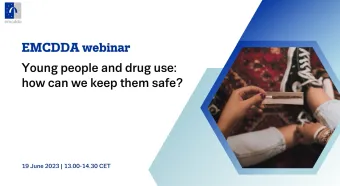Infographic: Factors to be considered in stage 2: response or intervention selection

Description
The second stage, based on the needs assessment and defined objectives, is to decide on an appropriate response. There are potentially three ways of addressing this: extending or improving an existing response; importing an approach or programme that has been used elsewhere; or developing a new intervention. In some cases, it may be most appropriate to slightly modify existing responses (e.g. extending opening hours of a service or adding a component to a training programme). In other circumstances, a new intervention will be required and a number of factors need to be considered to help select the most appropriate and effective response.
Visual description: Three concentric circles show the factors to be considered in stage two of the action framework. From the left side of the diagram an arrow facing east departs to the concentric circles. This arrow is called Aims and outcomes sought. The inner centre of the circles depicts Response selection, and from it another arrow facing east departs to the outside of the concentric circles. This arrow is entitled Response chosen. The middle circle is divided into three key questions. These are: Who, Where, and What and How. The out circle provides further elements for each question. Who includes four categories: Families, Migrants, Older people and Vulnerable young people. Where includes five settings: Prison, School, Festival and nightlife, Workplaces, and Communities. What and How includes four dimensions: Prevention, Treatment, Harm reduction, and Social integration. Outside the concentric circle the diagram lists on the top left corner three Contextual factors and influences. These are Structures and resources, Public attitudes and political priorities, and Legal framework. On the bottom left corner three Knowledge bases are listed. These are Evidence, Good practice, and International guidelines.














